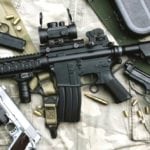 Mysteries
Mysteries  Mysteries
Mysteries  History
History 10 Surprising Stories About the Texas Rangers
 Humans
Humans 10 Philosophers Who Were Driven Mad by Their Own Theories
 Miscellaneous
Miscellaneous 10 Video-Game-Worthy Weapons and Armors from History
 Weird Stuff
Weird Stuff 10 Psychics Who Accurately Predicted Wartime Events
 The Arts
The Arts 10 Pieces of Art Inspired by a Broken Heart
 Health
Health 10 Science Fiction-Sounding New Medical Treatments
 History
History 10 Surprising Facts About the Father of Submarine Warfare
 Space
Space Ten Astonishing New Insights into Alien Worlds
 Weird Stuff
Weird Stuff 10 Bizarre Summer Solstice Rituals Still Practiced Today
 Mysteries
Mysteries Top 10 Haunting Facts About the Ghost Ship MV Alta
 History
History 10 Surprising Stories About the Texas Rangers
 Humans
Humans 10 Philosophers Who Were Driven Mad by Their Own Theories
Who's Behind Listverse?

Jamie Frater
Head Editor
Jamie founded Listverse due to an insatiable desire to share fascinating, obscure, and bizarre facts. He has been a guest speaker on numerous national radio and television stations and is a five time published author.
More About Us Miscellaneous
Miscellaneous 10 Video-Game-Worthy Weapons and Armors from History
 Weird Stuff
Weird Stuff 10 Psychics Who Accurately Predicted Wartime Events
 The Arts
The Arts 10 Pieces of Art Inspired by a Broken Heart
 Health
Health 10 Science Fiction-Sounding New Medical Treatments
 History
History 10 Surprising Facts About the Father of Submarine Warfare
 Space
Space Ten Astonishing New Insights into Alien Worlds
 Weird Stuff
Weird Stuff 10 Bizarre Summer Solstice Rituals Still Practiced Today
10 American Mobsters Who Were Not Italian Americans
The association between Italian Americans and the Mafia is as strong as the association between Italian Americans and pizza. Thanks to a long history of films, books and TV shows focussed on mob families like the Corleones and the Sopranos, as well as a host of real stories covered in films like ‘The Untouchables’, ‘Goodfellas’ and, of course, the ultimate classic gangster flick ‘Gotti’ starring John Travolta, when we think about American organised crime, we think Italian. But that simply is not the whole story. Here’s a list of hitmen, buttonmen and bagmen who are most certainly not Italian.
Top 10 Movies About Italians That Don’t Involve The Mafia
10 Shondor Birns
Organised Crime is a dangerous game. If the authorities catch you, your habits will blow up in your face. If your enemies catch you, your face will get blown off. Very few mobsters live a long, stress-free life and die of old age. Shondor Birns managed to survive the ‘golden age’ of gangster history—the 20s and 30s—and succeeded in the equally violent 50s and 60s. he was slain during the wild 1970s, blown up along with his fancy Lincoln Continental by a bomb planted (purportedly) by the Hells Angels, contacted by his former enforcer Danny Greene.
Birns was born in Czechoslovakia in 1907. One month after his birth, Birns’ family emigrated to New York city. Unable to make a decent living, Birns’ family moved to Cleveland, Ohio where his mother set up an illegal alcohol still in their apartment during Prohibition. In 1920, the still blew up as Birns’ mother was near it and killed her, leaving young Shondor to first have to live in a Jewish orphanage before eventually being taken in by his grandmother. From the 1930s until his explosive death in 1975, Shondor Birns rose through the ranks in Cleveland’s underworld, becoming the town’s most feared and extroverted mobster, constantly investigated, arrested and released, gaining a reputation as a numbers king and as a mediator between feuding gangsters. After his death, Cleveland went on to suffer many more bombings in the wake of Birns’ assassination, getting dubbed ‘Bomb City, USA’ in the press, with 36 bombings in 1976 alone.[1]
9 Mickey Featherstone
This was a broken man. One could make the argument that entering the Marine core during the turbulent Vietnam War at the age of 17 essentially sealed his fate: the impressionable young man, possible harbouring underlying schizophrenia, engaged in violent combat in the green hell and white heat hat was the conflict in Vietnam. He was discharged on medical grounds in 1967, claiming to be experiencing hallucinations. When Mickey returned to the notoriously violent, Irish dominated Hell’s Kitchen area of New York, his violent tendencies continued. That’s when the ‘Westies’, a ruthless gang of Irish American extortionists, racketeers and contract killers, took in the violent young Featherstone and put him to work.
Featherstone became a valued contract killer for the Westies, working under the direct order of gang leader Jimmy Coonan. Featherstone and Coonan were tried for the murder of a Hell’s Kitchen barman in 1979 but were acquitted, not for want of evidence; one juror perjured himself at trial and a key witness just so happen to take his own life… riiiight. Featherstone became disillusioned with Coonan and the Westies after they forged a closer alliance with the Gambino crime family; Featherstone wasn’t too keen on non-Irish mobsters and resented the way other groups used the Westies as glorified errand boys. He turned state’s witness in 1987, his testimony helping to bring down the Westies, seeing many members, including Coonan himself, sent to prison. He now lives under an assumed name somewhere in the USA.[2]
8 Casper Holstein

One of the most compelling characters in HBO’s prohibition-era drama “Boardwalk Empire” was Dr. Valentin Narcisse, a Marcus Garvey-supporting pillar of his community that also indulges in some nefarious gangster behaviour, portrayed by the amazing Jeffrey Wright . this awesome character was inspired by one of the most fascinating men in 20th century African American history: Casper Holstein.
Holstein lived it large—he owned many luxury cars, had two swanky apartments in New York’s Harlem area, a house on Long Island and thousands of acres of land in the state of Virginia. The main differences between most early 20th century American businessmen and Holstein? One, he was black. Two, he made his money via illegal gambling. His numbers racket was very popular during the 1920s amongst the residents of Harlem and he was a pillar of African American society—he paid for young black men to attend college, gave out food parcels to the needy and even financed dormitories in southern black universities. Unlike most crime figures of the age, Holstein slowly stepped away from the criminal life, eventually retiring in 1937 after he was arrested for his involvement in gambling, spending just 1 year in jail.[3]
7 Murray “the Camel” Humphreys
Murray’s family emigrated to the US from the small rural village of Llandinam in Powys, Wales in the late 1800s. Humphries quickly falling into to the favourite pastimes of early twentieth century kids in Chicago—fist fighting and burglary. He was taken under the wing by a reformist judge named Jack Murray who tried to get the intelligent young Humphries to consider a life within the law profession. Humphries didn’t follow that path, but certainly made use of many lessons in how the judicial system worked, becoming an arch manipulator of law enforcement and gatherer of political influence.
The way he became part of Al Capone’s ‘Chicago Outfit’ is pretty amazing, tantalisingly lacking in enough key info to render the tale legendary as opposed to simply a footnote in mob history. Humphries had fallen in with a small-time hood named Fred Evans who wanted to grow his bootlegging operation but was confounded by the size and ease with violence displayed by members of Capone’s gang. Humphries decided that fighting fire with fire was the best plan, hijacking a Capone truck at gunpoint. Members of The Outfit identified Humphries as the gunman and brought him to Al Capone. Unfortunately we do not know the nature of their meeting, but we do know that usually any person dragged into a ‘meeting’ with Capone wouldn’t leave with his legs intact (and may even leave through the back door… in a carpet). Murray Humphries somehow managed to impress Capone enough to get himself recruited into the organization he had just robbed blind. “Nobody hustles like the Hump” Capone said. Humphreys is also rumoured to be the inspiration for ‘Tom Hagen’, the Corleone Family’s consigliere played by Robert Duvall in the ‘Godfather’ movies.[4]
6 Ken Eto
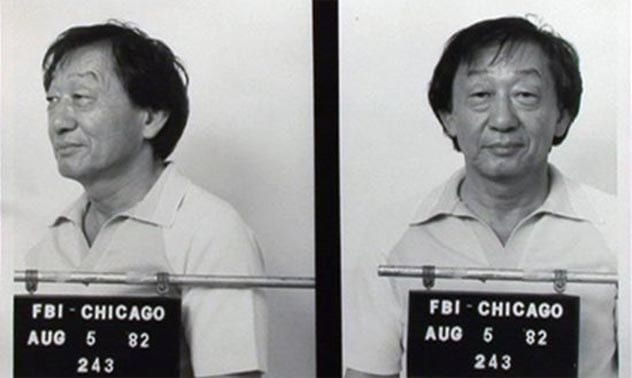
A rat is a rat in any language. In Japanese, the word is nezumi… but that also means ‘mouse’ in English. Well, whatever the correct Japanese terminology, Chicago-based mobster Ken Eto blabbed to the feds about the Chicago Outfit.
Having left his native California (after a stint, like many Japanese Americans, in an internment camp in the 40s), Eto moved to Chicago in 1949. He set up a numbers game and quickly started raking in the big bucks—$200,000 a week, with $3000 finding its way into the pockets of corrupt cops that allowed Eto to prosper. He was operating under the blessing of the Chicago Outfit for decades until, in 1983, the FBI uncovered Eto’s illegal ‘bolito’ game. Afraid that Eto would turn state’s witness, the mob decided to take him out. Eto survived three gunshots to the head due to the bullets being hand-loaded with an insufficient amount of gunpowder (a method designed to stop investigators tracking the shooters via the spent ammo), the underpowered round grazing Eto’s skull as opposed to blowing off his head. Ken Eto recovered and proceeded to testify, allowing for the state to get 15 mobsters in prison along with a clutch of corrupt cops. Eto entered the witness protection programme, relocated to Georgia where he lived a long, event free life. He passed away in 2004.[5]
Top 10 Nefarious American Mobsters
5 Chelsais Bouras
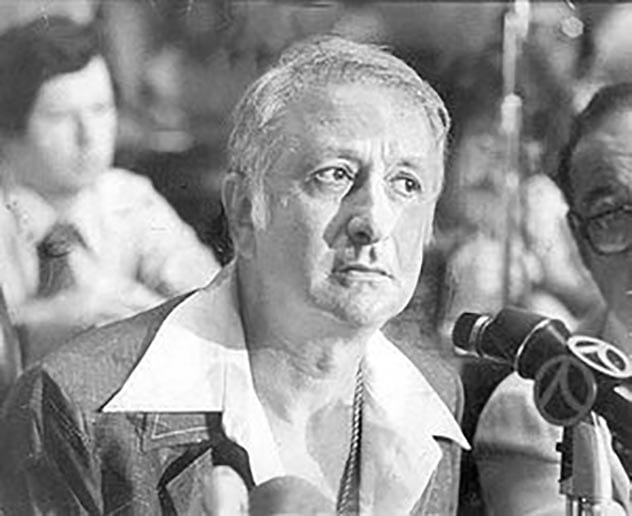
Chelsais Bouras piloted the Greek mob of Philadelphia through the turbulent 70s, forging a close tie with Raymond Martorano (pictured), a soldier for the city’s longstanding crime family the Scarfos, and overseeing loan sharking, gambling and methamphetamine operations. After refusing to acquiesce to Nicodemo Scarfo’s order to pay up a street tax to the family in order to keep operating, a move that would essentially absorb Philly’s Greek mob into the Scarfo crime empire, Bouras was gunned down at the city’s ‘Meletis Greek Restaurant’ in 1981, where he was dining with his acquaintance Jeanette Curro, Raymond Martorano and radio host Jerry Blavat. Along with Bouras, Curro was also killed whilst Martonaro and Blavat escaped with minor injuries. Since his death, and the slaying of other prominent Greek mobsters in the 80s, the Greek mob has struggled to regain any foothold in the American underworld.[6]
4 Vojislav Stanimirovic
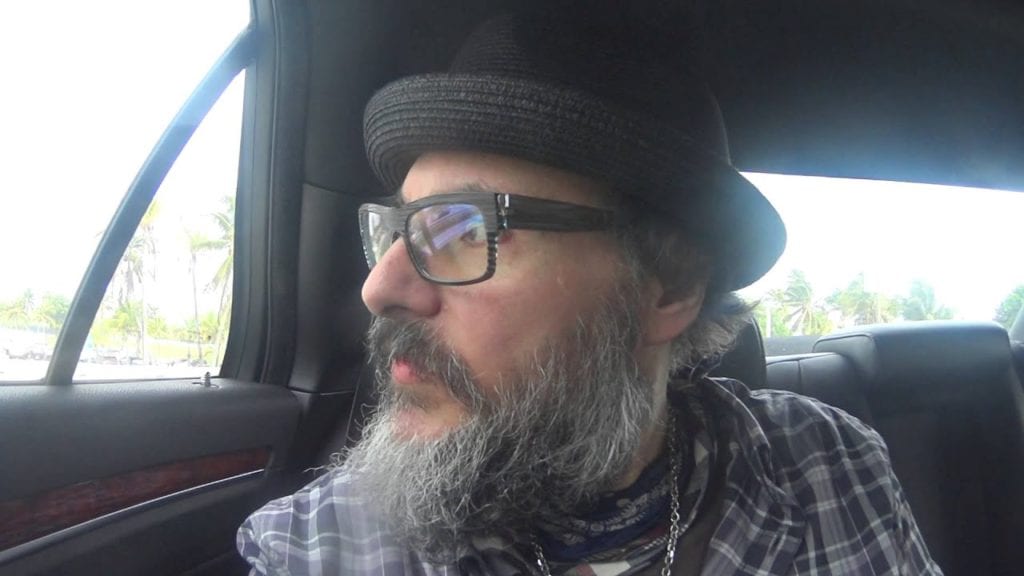
Shady doings, ambitious heists and international political skulduggery are elements covered by great journalists like Vojislav Stanimirovic. They are also the actions of a dirty, low-down career criminal… like Vojislav Stanimirovic. This Serbian mobster turned journo was an arch opportunist, driven in part by the love he held for his native Serbia, (along with his love of stealing shiny objects).
Famous for his part in the 1971 robbery at the Villa Vizacaya in Florida that saw an estimated $1.5 million worth of art and silver objects, including a priceless silver bowl once owned by Napoleon Bonaparte, Stanimirovic paid his dues to society and went on to write for a living. His speciality? Crime, of course. His son, Pavle (pictured), followed in his fathers’ criminal and journalistic footsteps, spending 16 years in jail over two stints and now covering criminal stories for publications such as ‘The Washington Post’ and online work with ‘The Daily Beast’.[7]
3 José Miguel Battle
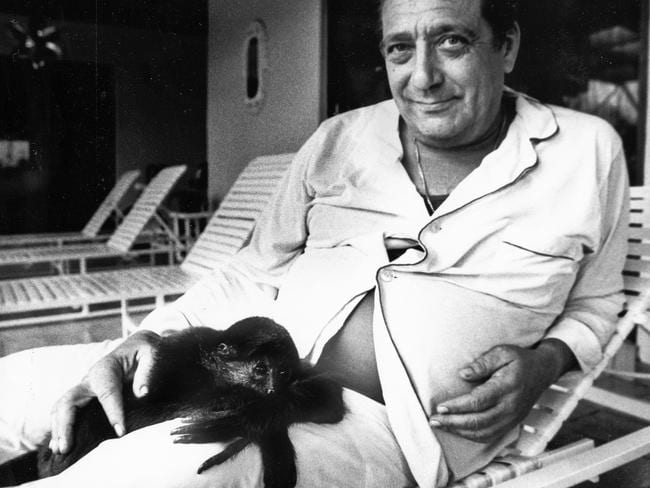
When Benicio Del Toro has been cast to play a real-life figure, you know that person is bound to be a badass. When you consider that the same guy also fought for the US-backed rebels in the botched Bay of Pigs invasion, got imprisoned for 2 years by the Cubans before fleeing back to the US to forge a criminal empire… I mean, why are we only getting a movie now?
During the 70s and 80s, he became the leader of ‘The Corporation’—a sprawling crime/business empire that consisted of ‘bolita’ games across the US eastern seaboard as well as holdings in Peruvian casinos and a host of investments in legitimate businesses. After many years on the run in Peru, Battle was indicted back in the US on racketeering charges, having amassed more than $1 billion from drug trafficking, illegal gambling and loan sharking. He died whilst awaiting a prison transfer in 2007 at the age of 77.[8]
2 Johnny “Onionhead” Eng
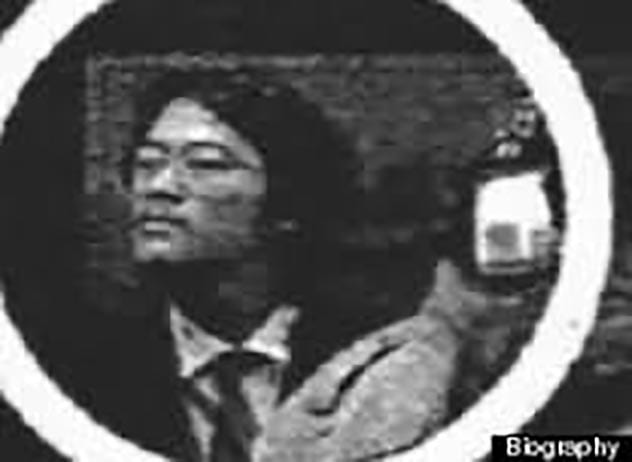
Johnny Eng, AKA “Onionhead” or “Machinegun Johnny”, was the leader of the Flying Dragons street gang in the 1980s, controlling heroin in the Chinatown area of New York.
Eng’s brutal reign came to an end in 1993 when he was sentenced to 24 years in jail, having to pony up $3.5 million in fines and giving up his massive Pennsylvania estate as further punishment. Part of the estate was reputedly used as a firing range by members of the Flying Dragons, honing their accuracy with machine guns. A year after his release in 2010, Eng’s wife Lori was murdered by another Flying Dragon member, David Chea, who killed himself (probably in order to avoid Johnny Eng’s retribution).[9]
1 Charlie Wall
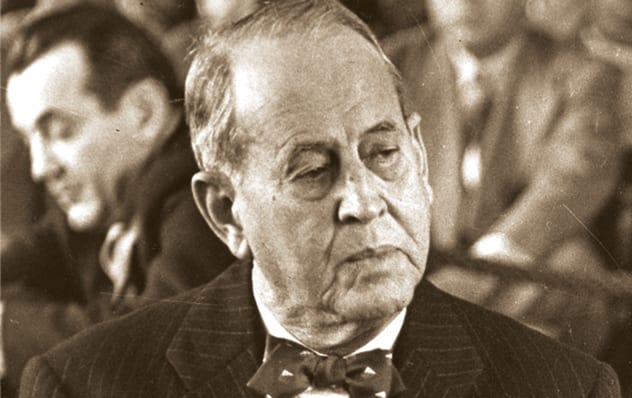
This WASP (white, anglo-saxon, protestant) who became the ‘Dean of the underworld’ in Tampa, Forida didn’t have the usual rough upbringing associated with American mobsters. Wall was from a wealthy family, his father was a respected physician and his mother was the daughter of the former mayor of Tampa.
He held sway over the city’s illegal gambling rackets for years, making millions and allowing him to gain political connections that solidified his position. He won a brutal turf war with mobster Ignacio Antinori who, in 1940, was gunned down whilst enjoying his morning coffee at a restaurant. Wall could not win his second mob war—in 1955, Wall was killed by getting beaten to a bloody pulp with a baseball bat and having his throat slit at his home. The hit was probably ordered by his greatest rival, famous Florida gangster Santo Trafficante Sr.[10]
About The Author: C.J. Phillips is a storyteller, actor and writer living in rural West Wales. He is a little obsessed with lists.
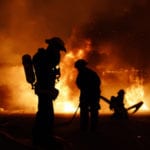


![10 Worst Massacres Of African-Americans [DISTURBING IMAGES] 10 Worst Massacres Of African-Americans [DISTURBING IMAGES]](https://listverse.com/wp-content/uploads/2019/10/vote-150x150.jpg)



